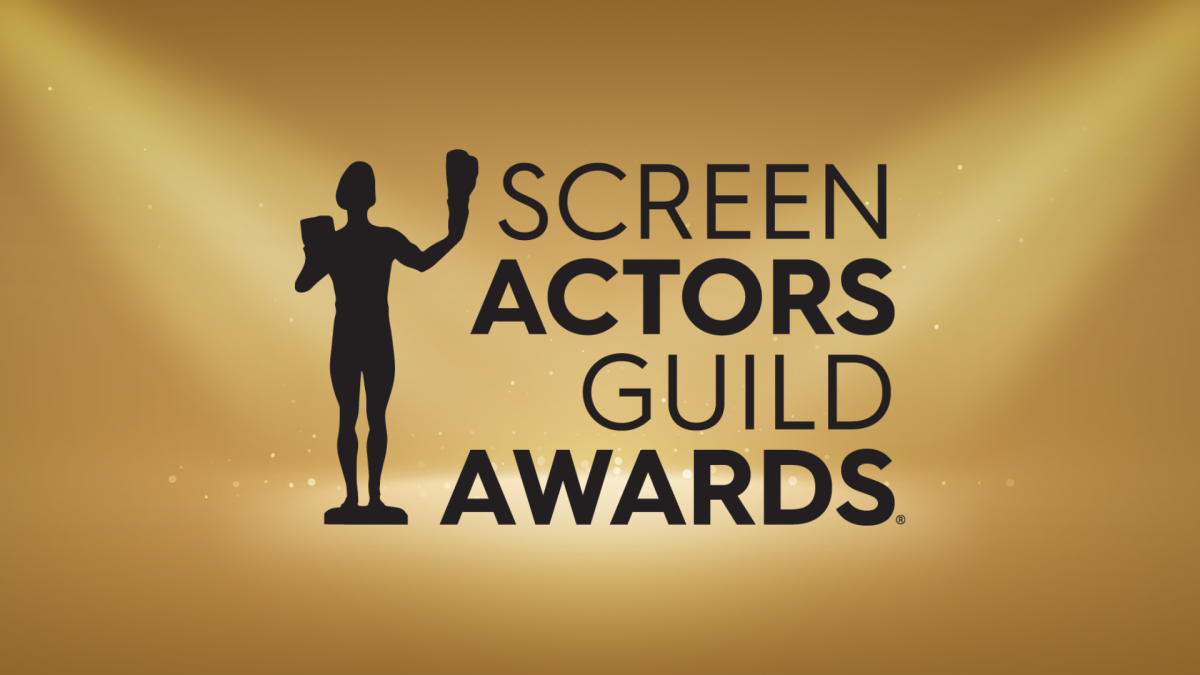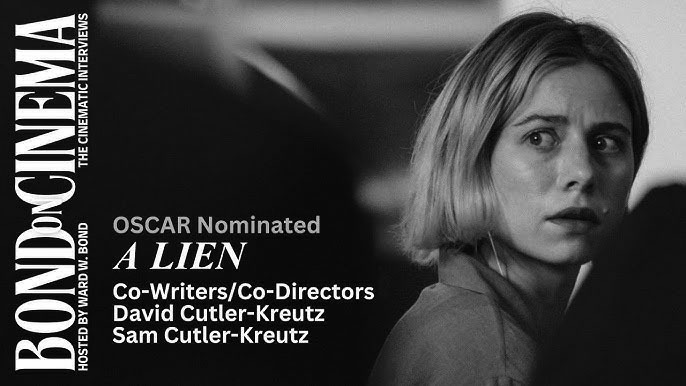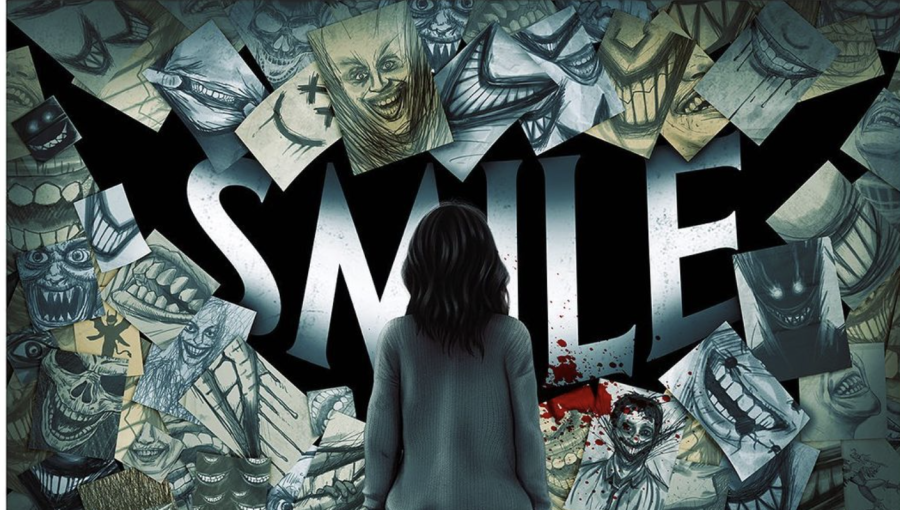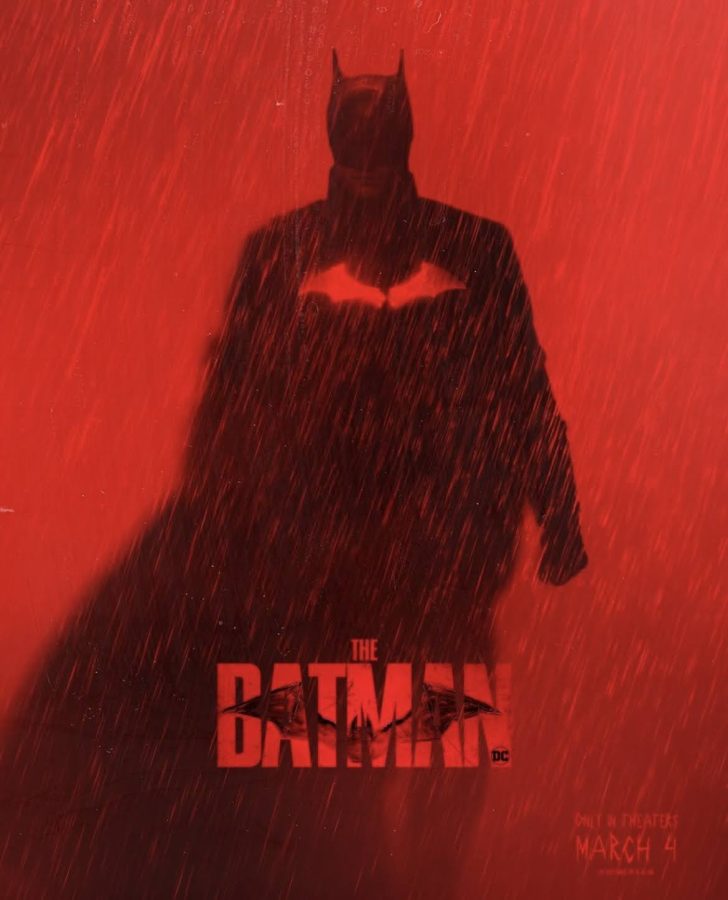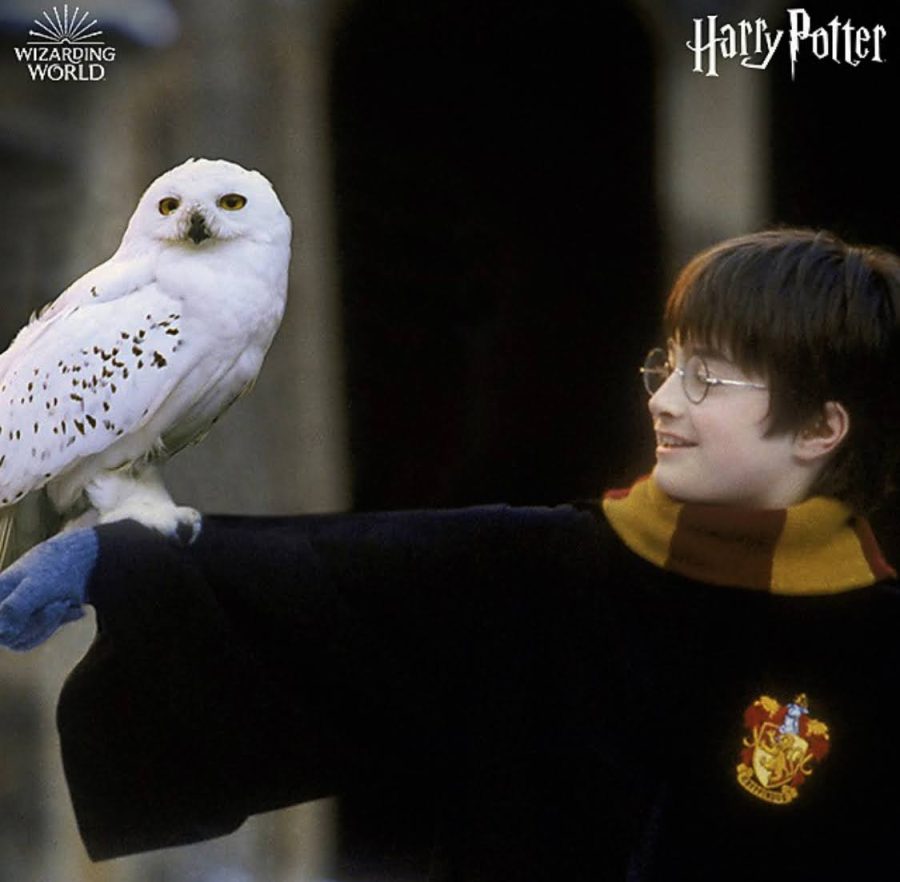The Lord of the Rings films by Peter Jackson are, in my opinion, the greatest cinematic achievement of our time. Delivering great dialogue, performances, visuals, and music, these films deliver for me what no other films have in placing the viewer on the journey.
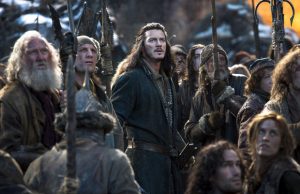
Based on the beloved fantasy novel by JRR Tolkien, it is the follow up to Tolkien’s previous novel, The Hobbit. So, after The Lord of the Rings films gained much critical and financial success, it was natural that an adaptation of The Hobbit would proceed. Like The Hunger Games and Harry Potter, one book would be adapted into multiple movies.
Since 2012, Hobbit films have been released annually, and though they do not come close to the quality of Lord of the Rings, they have been consistently entertaining and well made films. In 2012, An Unexpected Journey was released, setting up the world of The Hobbit.
Set in the fantasy realm of Middle Earth, a company of dwarves, led by Thorin Oakenshield, recruit the hobbit Bilbo Baggins to accompany them on their quest to reclaim Erebor, a dwarf kingdom conquered by the dragon Smaug some sixty years ago. Gandalf the wizard accompanies them, and the first installment in the adventure has Thorin and company face trolls, goblins, orcs, and wolves.
I recall being underwhelmed in 2012 by the slow pace and lack of complexion that the LOTR films had. However, after seeing the next two installments, An Unexpected Journey admittedly does a good job of introducing story arcs and characters that develop further in the next two films.
The Desolation of Smaug, released in 2013, further built upon the dwarves’ quest to reclaim their homeland. They pass through the dark forests of Mirkwood, where they encounter giant spiders and sinister elves. With the orcs hot on their tale, they come into Lake Town, a village outside of Erebor full of men who fled from Smaug’s fire sixty years prior. After receiving the town’s aid, the dwarves make out for Erebor, only to find Smaug still alive and fire breathing. They basically piss Smaug off and set him upon Laketown, and this is where The Battle of the Five Armies begins.
The opening sequence is of Smaug attacking Laketown, and it is arguably the best sequence of the whole movie. The visual effects are terrific, and Smaug looks as real and deadly as he did in the previous installment. The fiery death of the people of Laketown is dramatically felt, as the cinematography and music contribute to the feeling of desolation. Yet this is merely the opening sequence, for the film is about the titular battle. Thorin lets his new found gold get to him, and starts to value it above all else, including his honor and family. The men of Laketown, having barely survived Smaug, feel they have a right to some gold in Erebor as Thorin promised them just payment for help along their quest in the second film. Yet Thorin will not part with a single coin, even if it means breaking his word.
Furthermore, the elves of Mirkwood want to claim some of the treasure which the dwarves now defend with their lives. So, the stage is set for war between the elves men, and dwarves, as all want a share of the vast treasure of Erebor.
The battle begins when an Orc army appears, bent on destroying all of the other races and seizing Erebor for its strategic location in the coming War of the Ring, detailed in LOTR. So, the battle ensues for the second half of the movie. The visuals are great, with the sword combat very entertaining and well executed. The creatures look great, from giant worms, war pigs, trolls, and giant eagles.
Yet the film does lack in some ways. As can be expected, many characters die, and the emotional impact is not what I would expect after LOTR delivered so many emotional moments. I would say it’s the fault of the soundtrack, which is about 60 percent recycled material from LOTR. As opposed to a sentimental, dramatic ending that tugs on the heartstrings, Battle of the Five Armies rather ties directly into LOTR in what is a linear and predictable ending.
The problem is that instead of reflecting on the journey of the Hobbit films, Battle of the Five Armies seems more of a third part of a companion film to Lord of the Rings. While I have liked the Hobbit films very much, there has been a consistent fallacy in all of them. Peter Jackson has been trying to do two things with The Hobbit. While adapting a charming, delightful children’s novel for the big screen, Jackson has also been turning these films into prequels to his Lord of the Rings films.
The problem with having these two goals at the same time is that The Lord of the Rings are much more mature in tone and dialogue than the Hobbit novel. Moments that are light hearted and fun like the book seem out of place when heavy toned, LOTR references come in. So, there has always been a conflicting identity crisis in these Hobbit films.
However, there is much to be enjoyed, as the battles are very action packed and sure to fuel any special effects cravings. While the emotional tones are not quite as heavy hitting as they should be, Battle of the Five Armies still serves as a nice wrap up to this three year journey.
Sir Ian McKellan is the quintessential Gandalf, and it is hard to see anyone else playing the role after he has served us so well for six movies. Battle of the Five Armies is far from a perfect film, and does not come anywhere close to the mastery of film making as The Lord of the Rings trilogy, but it is still an enjoyable time at the theater, and is likely the last trip to Middle Earth we will have for quite some time. For that alone, Battle of the Five Armies is worth a trip to the theater.



